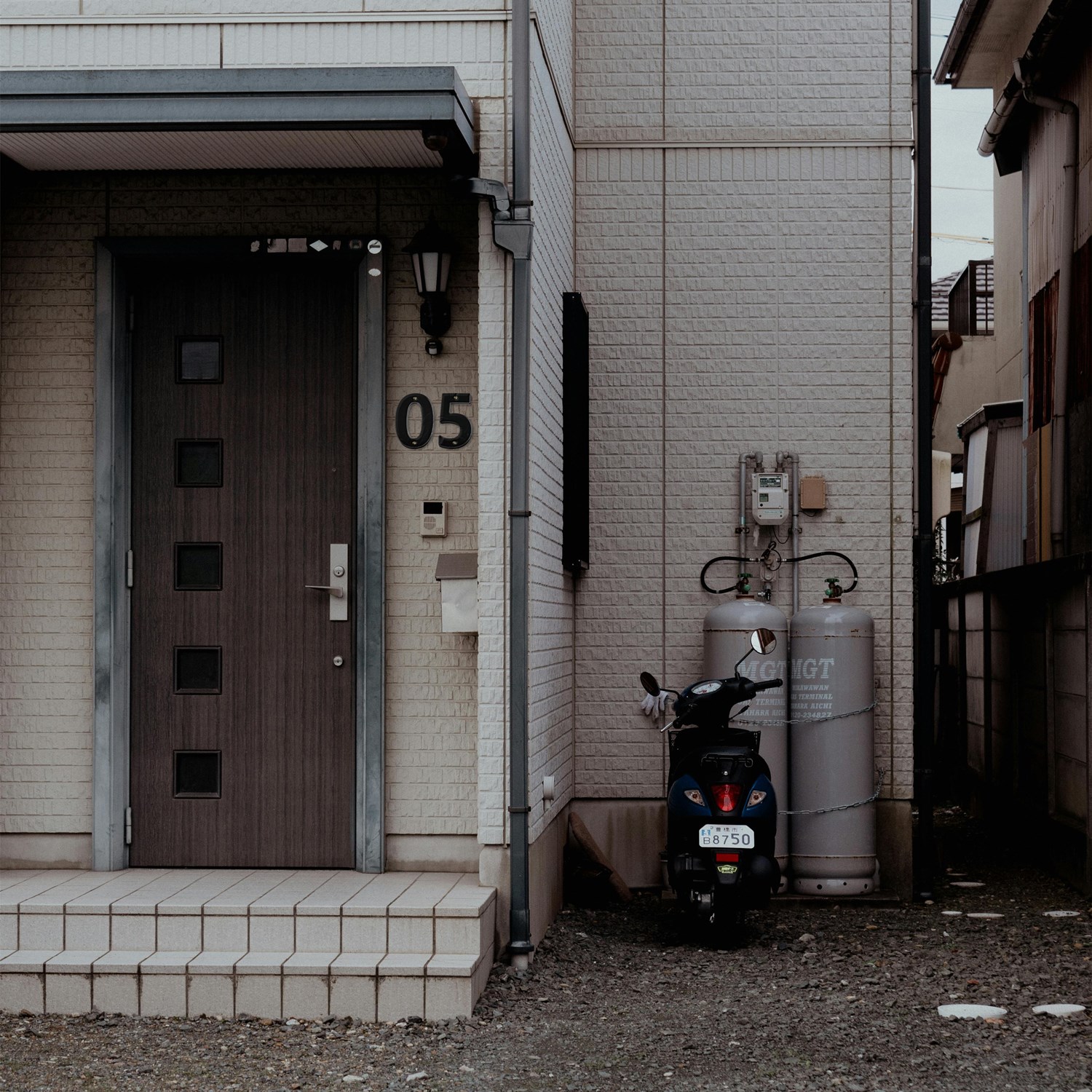Views: 0 Author: Site Editor Publish Time: 2025-07-11 Origin: Site








Ceramic House Numbers 0-9: The Art of First Impressions in Architecture
In the quiet moment before a guest rings the bell, the house number is the first sentence your home speaks. Too often that sentence is whispered in flimsy plastic or tired brass. Our new collection of precision-fired ceramic digits—0 through 9—turns that whisper into a confident greeting. Each number is individually cast from high-alumina porcelain, vitrified at 1,280 °C, and finished with a nano-sealed glaze that repels graffiti, sunscreen, and even the indignities of pressure-washing. The result is a tactile, three-dimensional numeral that feels as permanent as the façade itself yet carries the warmth of handcrafted ceramic art.

Design Without Expiration Date
Architects talk about “material honesty”—letting each substance look and behave like itself. These ceramic numbers embody that principle. The glaze is transparent enough to reveal the subtle grain of the porcelain body, so light interacts with every curve and serif. During golden hour, the edges glow softly; under LED porch light, the surface throws crisp shadows that double the numeral’s visual weight. The color palette was curated with contemporary exteriors in mind: Graphite, Limestone, Moss, and three patinated Terracottas that harmonize equally with brick, render, cedar, or Corten steel. Unlike painted metals that chip or anodized aluminum that dulls, the ceramic surface is chemically inert; UV rays merely polish it further over time.
Hidden Engineering for Visible Serenity
Behind the minimalist silhouette lies an installation system that borders on obsessive. Each digit ships with a concealed stainless-steel bracket that clicks into a wall-mounted rail. The rail itself is leveled once; numbers can then be swapped or re-spaced without fresh drilling—perfect for renters or evolving address schemes. A silicone gasket isolates the ceramic from thermal movement of the substrate, preventing the hairline cracks that plague lesser stoneware. For retrofits, a 3 mm spacer is included so the numerals float cleanly off uneven brick courses, creating a subtle shadow line that emphasizes depth.
Scenarios Where Ceramic Numbers Shine
Coastal Homes
Salt air is kryptonite to most metals. Our glaze contains micro-crystalline zircon that seals porosity at the molecular level; ASTM B117 testing shows zero corrosion after 1,000 hours of salt-fog exposure. The numbers emerge from nor’easters looking freshly unboxed.
Historic Renovations
Conservation boards often reject modern signage for heritage façades. Because these digits are ceramic, they echo the clay roof tiles or terracotta string courses common in pre-war buildings, earning approvals where acrylic or stainless alternatives fail.
Smart-Home Integration
Pair the numbers with an address projector or back-lit plaque: the translucent porcelain edge diffuses LED light into a halo, allowing the numerals to remain legible even when front lights are dimmed for security. The low thermal expansion coefficient keeps the glaze from crazing under rapid temperature swings created by integrated lighting.
Minimalist Courtyards
In Japanese-inspired gardens, every element is intentional. A single Moss-colored “7” mounted on a cedar gate becomes a deliberate punctuation mark amid bamboo and stone. The matte finish absorbs reflections, keeping visual noise low.
Multi-Family Developments
Property managers can color-code blocks—Terracotta for Building A, Limestone for Building B—while maintaining design consistency. The modular rail system allows entire sequences to be updated overnight if the municipality renumbers street access.
Sustainability Narrative
The numbers are fired in kilns powered by recovered heat from our ceramic insulator line, cutting carbon emissions by 34 %. Off-cuts are crushed and recycled into the porcelain body, achieving 92 % material utilization. At end-of-life, the pieces are chemically inert and can be returned to the manufacturer for closed-loop recycling—a rarity in architectural hardware.
From Curbside to E-Commerce
Because each digit passes a 48-hour freeze-thaw cycle and a 1,200-hour Q-SUN xenon test, we confidently publish third-party certificates on the product page. That transparency translates to dwell time: visitors linger on interactive zoom-ins of the crystalline glaze and 360° installation animations—behaviors search engines reward with improved rankings. Schema-marked FAQs (“Will these fade under Florida sun?”) capture long-tail queries, while geo-tagging customer photos from Reykjavik to Singapore signals global relevance without duplicate content.
In short, the ceramic house numbers do more than label an address; they curate the entire arrival experience. They are small sculptures that endure decades of weather, design trends, and the silent judgment of every first-time visitor. For architects, homeowners, and developers who refuse to let the first sentence of their story be an afterthought, these digits offer the last word in exterior identity.
